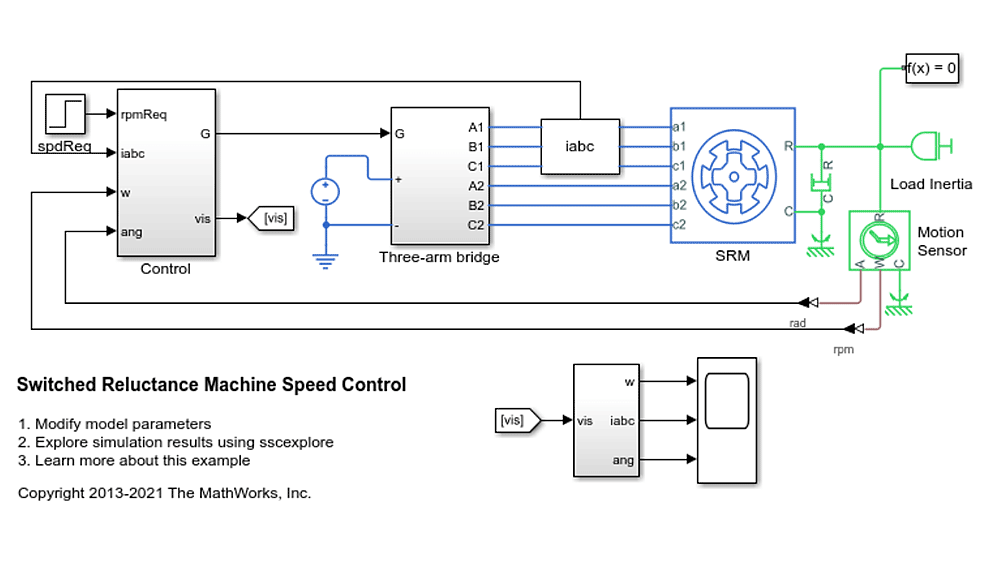Simulink Real-Time and Speedgoat take you from simulation to rapid control prototyping (RCP) and hardware-in-the-loop (HIL) testing in a single click. The products connect to electronic control units and physical systems with MATLAB and Simulink.
You can create, control, and instrument real-time applications that run on Speedgoat real-time target computers directly from your Simulink model or with the MATLAB API and App Designer. You can simulate and test control designs and the dynamics of electric motors, electric vehicles and powertrains, wind turbines, power converters, battery management systems, robots and manipulators, autonomous systems, and other devices.

Build Real-Time Applications
Move from desktop simulation to real-time testing with one-click, without leaving MATLAB and Simulink. Configure the model and build, run, and interact with the real-time application.
Run Tests on Speedgoat Hardware
Speedgoat real-time systems are made for Simulink Real-Time. Drag and drop I/O blocks in your model. Supported communication interfaces include CAN, Modbus, ARINC, SPI, and more.

Test Power Electronics Controls
Use Speedgoat hardware as platform for control algorithm prototyping and HIL testing of power electronics, electric drives, and power systems. Perform Power hardware-in-the-loop (P-HIL) tests with high-voltage equipment.
Create and Deploy Desktop Apps
Design apps in MATLAB with App Designer to tune parameters and visualize signals from real-time applications. Deploy your apps with MATLAB Compiler.
Create, Manage, and Execute Automated Tests
Execute automated tests with Simulink Test, or use ASAM XIL standard for third-party frameworks. Integrate RCP and HIL tests for CI/CD workflows on Windows and Linux servers.
Real-Time Simulation of Physical Systems
Use Simscape to rapidly create models of physical systems for HIL simulation. Simscape Electrical, Powertrain Blockset, and Motor Control Blockset include preconfigured examples.
ECU Bypassing
Bypass ECU functions by acquiring and simulating measurement values on the real ECU over CAN or UDP.
FPGA Hardware Acceleration
Achieve faster sample rates with FPGA technology and HDL Coder. Run Simscape Electrical non-linear models on Speedgoat FPGA for switching-level power electronics HIL simulations.

Run Artificial Intelligence Models
Deploy deep learning, machine learning, and reinforcement learning models on real-time systems.








